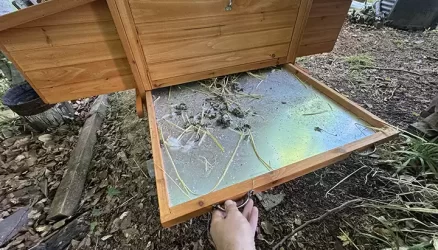How to Trim Overgrown Hedges Safely
Trimming overgrown hedges can transform your garden’s aesthetics while ensuring the health and vitality of your plants. Proper pruning techniques not only enhance the appearance but also promote healthier growth. Let’s delve into the art of trimming overgrown hedges without jeopardizing their well-being.

Understanding the Importance of Pruning and Trimming
Pruning and trimming are essential practices that aid in removing dead or overgrown stems, roots, and branches from hedges, trees, and shrubs. By undertaking this annual task, gardeners encourage healthier, denser, and more symmetrical growth, a desire of every green enthusiast. Additionally, regular trimming extends the flowering period for flowering hedges and trees by eliminating old flowers before seed formation.
The Science Behind Trimming
Pruning and trimming mirror the natural processes of nature in a controlled manner. This technique, when coupled with suitable tools and knowledge, evolves from a daunting task into an enjoyable gardening experience.
Why Trimming Matters
- Enhanced Growth: Regular trims allow increased sunlight, improved airflow, and better water delivery, promoting robust growth and preventing diseases.
- Healthier Plants: Removal of deadwood and infected parts contributes to overall plant health and vitality.
- Encourages Aesthetics: Maintaining a well-trimmed hedge results in an appealing and visually pleasing garden landscape.
Crafting Your Trimming Strategy
An effective hedge trimming plan is fundamental for success:
- Know Your Species: Understand the hedge species to determine the best time for trimming.
- Choose the Optimal Time: Preferably trim during periods of low humidity and cooler weather to minimize infection risks.
- Prune Intelligently: Make minimal cuts to avoid exposing the hedge to harmful bacteria or fungi.
- Shape According to Nature: Mimic the natural shape of the hedge to simplify future maintenance.
Implementing the Trim
Adopting a strategic approach while trimming overgrown hedges:
- Establishing Guide Points: Use stakes and strings to mark the desired height and shape of the hedge.
- Cutting Technique: Employ small, angled cuts for inner branches to thin out the hedge without damaging main trunks.
- Directional Growth: Make training cuts to guide branches in desired directions.
- Mimicking Nature: Aim to emulate the natural growth pattern of the hedge for easier maintenance.

Timing Matters
- Ideal Trimming Period: For most species, the dormant winter period is best. Avoid trimming in autumn due to fungal spores that can harm hedges.
- Best Trimming Windows: Late winter and early spring are optimal for cutting back overgrown hedges, while summer is suitable for maintenance trims.
Mastering the art of trimming overgrown hedges involves a combination of knowledge, technique, and timing. By adhering to the right practices and understanding the needs of your specific hedge species, you can transform an overgrown hedge into a healthy, aesthetically pleasing garden feature without risking its vitality.



















